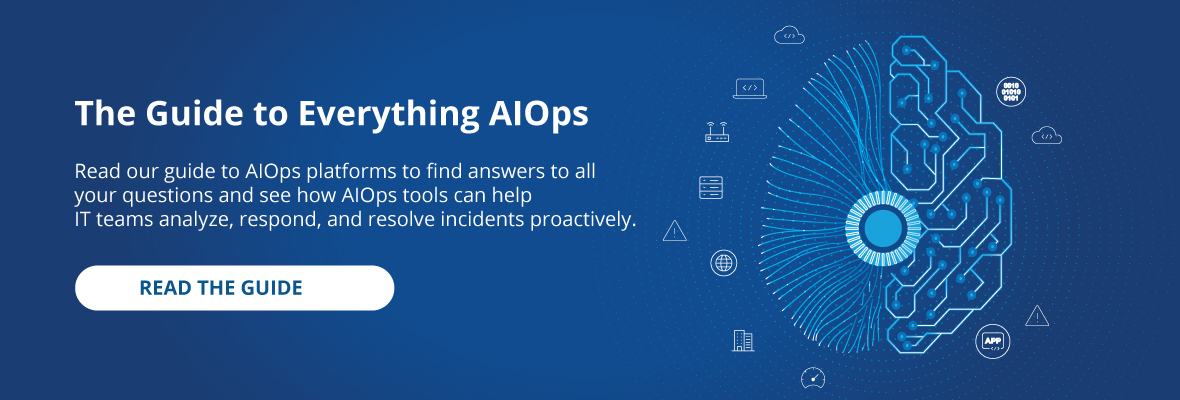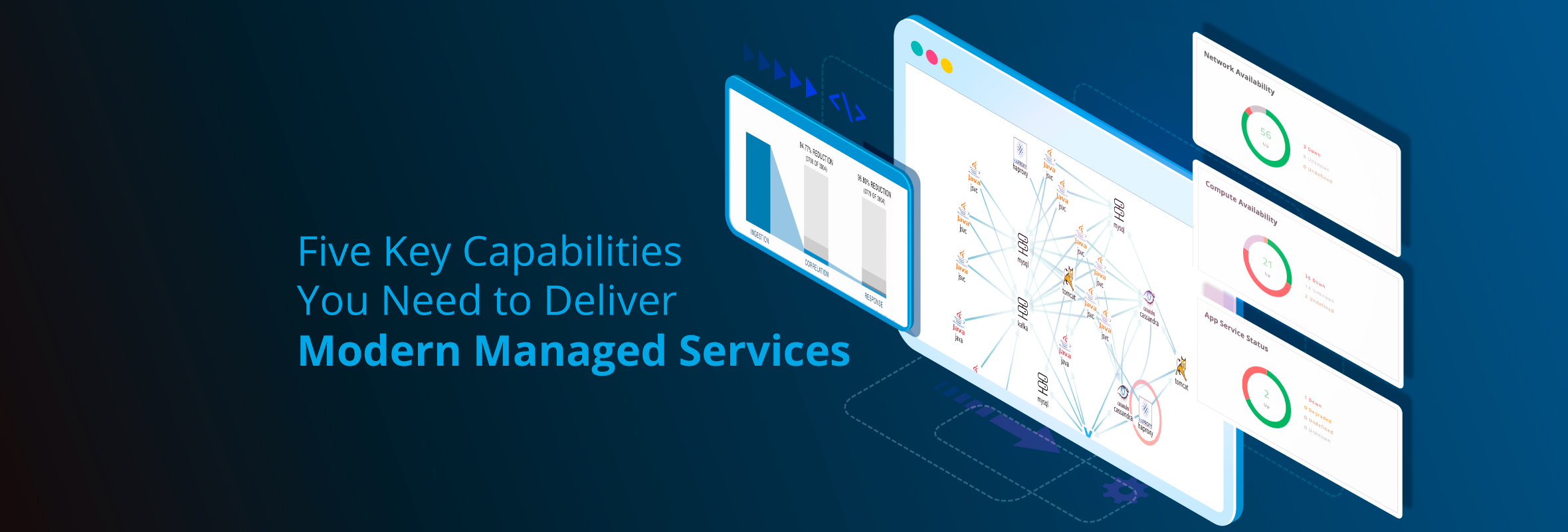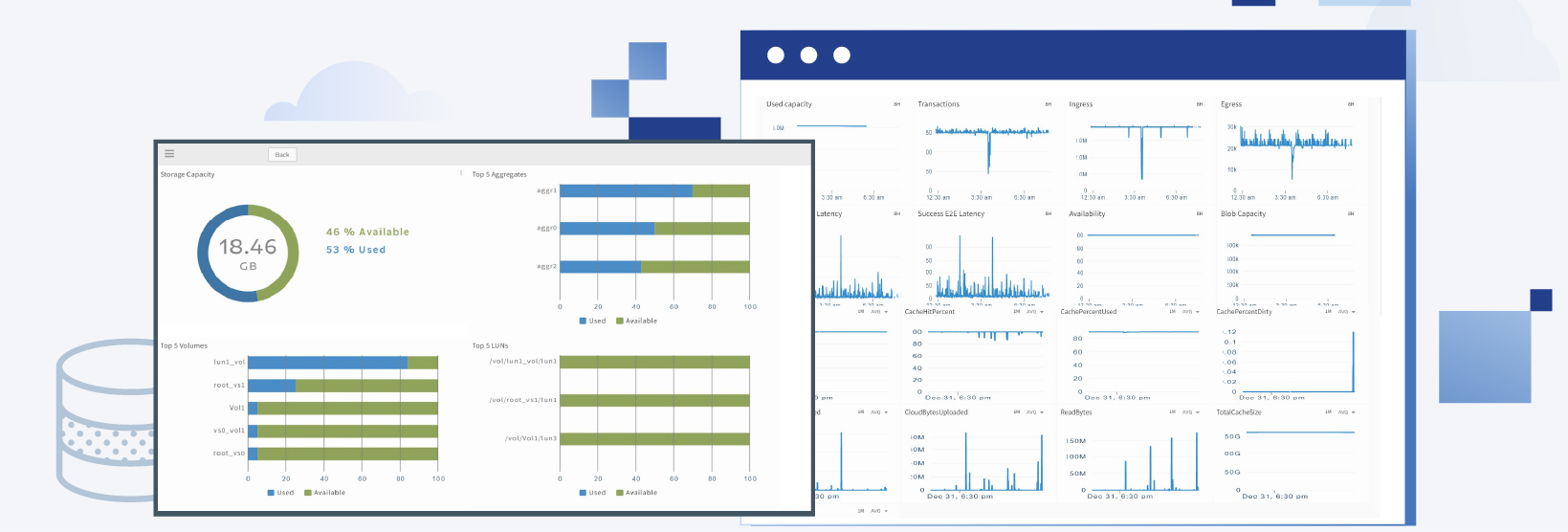The Need for Embracing Contextual, Data-Driven IT Operations
Research firm IDC predicts that overall data volumes will grow from 33 zettabytes in 2018 to 175 zettabytes by 2025. 50% of the data will come from IoT devices and nearly 30% of the data will get consumed in real-time by 2025. The data economy has changed the game on how enterprises will need to work with digital technologies to become more effective, competitive, and innovative.
In the context of hybrid infrastructure management, it is fast becoming impossible to manage modern application and infrastructure stacks without machine learning. Artificial intelligence for IT operations (AIOps) can offer contextual visibility, drive faster change, and deliver optimal customer experiences at scale. New IT disciplines like DevOps, DataOps, CloudOps, and SecOps have also emerged to handle the complexities of modern IT operations.
Context married with data-rich insights offers the right levels of transparency, team collaboration, and productivity in an enterprise. For IT operations teams, raw data can have many missing links (each tool might have different formats and assign unique meanings to the same metrics) and require extensive analysis by data scientists to figure out the issue at hand. Data that is missing context can create three problems:
- Contextual Blindness. When you receive an alarm from a network device, can you tell if the network is experiencing a security issue or suffering from data overload or a congestion problem? Contextual blindness happens when you look at something in isolation. When there is no context, IT operations teams are usually flying blind.
- Gap Stitching. If you can’t model something, you can’t monitor it. You have to model a set of infrastructure resources, examine their dependencies, and understand the overall business impact to analyze, troubleshoot, and resolve issues with confidence.
- Relationships. Relationships define the metadata model for predictive issue identification and accelerated root cause(s) analysis. You need the right velocity, variety, and volume of data to train machine learning models and build the right confidence for understanding data in context.
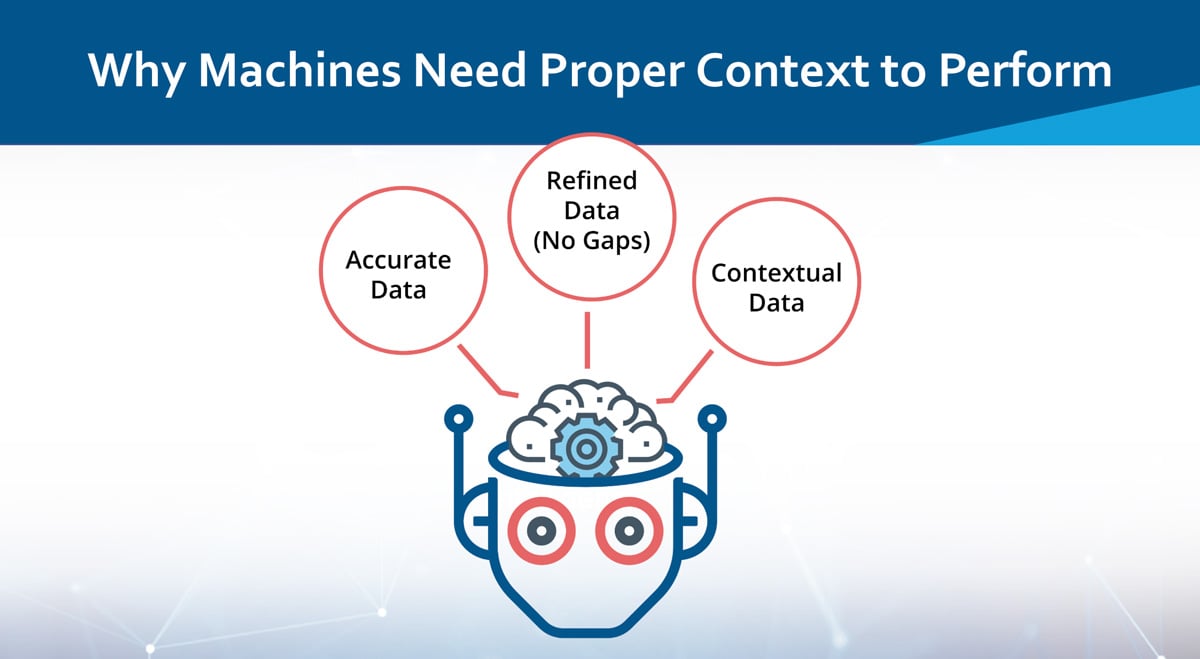
Figure 1 - Why machine data intelligence requires the right context for problem-solving.
Five Ways to Creating a Data-Driven Organization
Before you can apply machine learning-based problem solving to the entire IT operations function, you will first need to demonstrate clear value with a specific set of narrow use cases. Here are five steps that I would recommend for creating a data-first culture in your organization:
- Focus on Business Objectives First. What are the business outcomes you are trying to achieve with real-time analytical insights? IT departments will need to build the right set of skills and expertise and embrace a culture of data-driven actions and outcomes to create confidence with their business stakeholders. IT teams should use AIOps tools to solve the right business problems that help both employees and customers to operate more efficiently and effectively.
- Shift from Process-Based to Data-Based Values. Instead of sticking with existing processes, let data-driven insights be the guide to how you organize your business. Hire a Chief Data Officer who can create a clear data strategy and build the right organizational processes to maximize the insights generated from existing enterprise datasets.
- Get the Data Right. Enterprises should discover, understand, and rationalize all data sources by creating a data model that establishes relationships between business-critical services and technical infrastructure. Metadata models for IT operations management helps eliminate mundane tasks and brings human-equivalent machine expertise to solve issues at the speed of light.
- Bring Qualitative and Quantitative Data Together. Quantitative data helps you identify the problem while qualitative data lets you understand the reason behind the issue. IT teams can arrive at the right decisions by not just analyzing metrics but by also studying customer satisfaction surveys and churn analysis.
- Start Small with Targeted Use Cases. Use automation to eliminate repetitive tasks that are higher value and have limited human interaction. Let the machines handle reactive work while leaving the more proactive and strategic work to human operators.
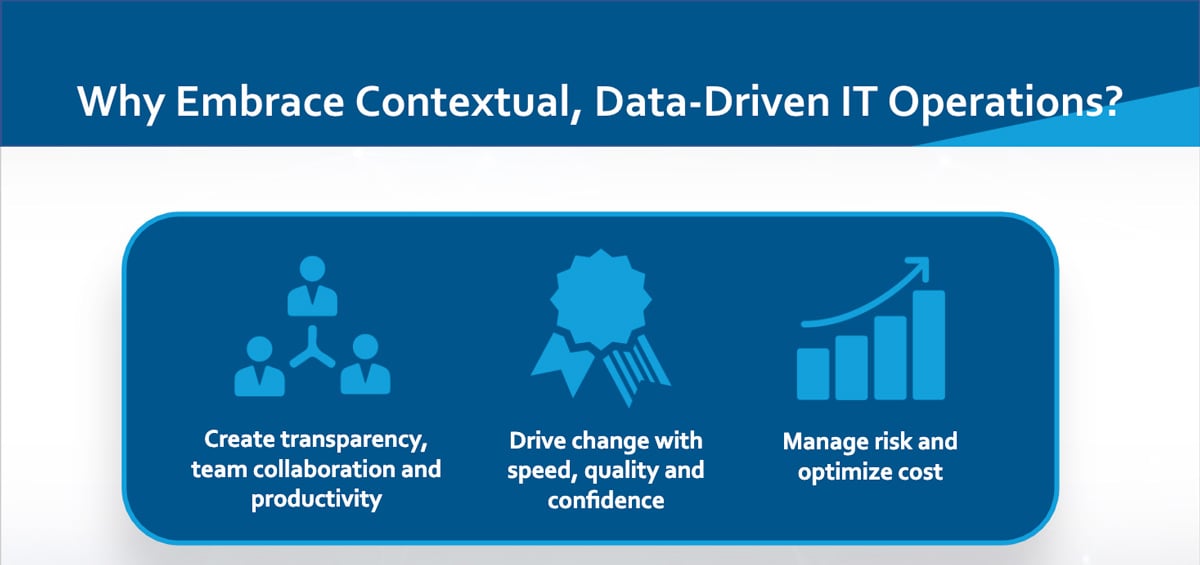 Figure 2 - Data-driven IT operations deliver the right business outcomes at scale.
Figure 2 - Data-driven IT operations deliver the right business outcomes at scale.
Next Steps:
- Calculate your cost savings by eliminating tools and switching to OpsRamp.
- Schedule a custom demonstration to explore opportunities where your organization can benefit from a modern ITOM platform.
- Follow us on Twitter, LinkedIn, and YouTube.



